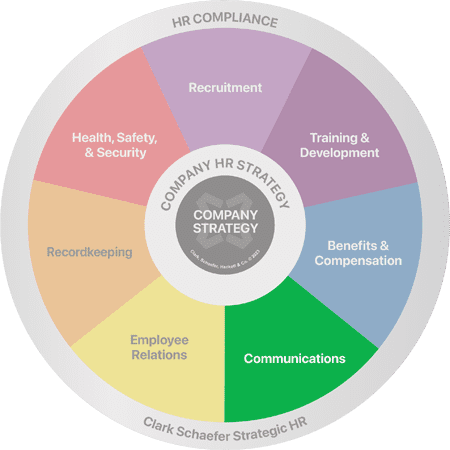What Are The Top 5 Commonly Missed Records In Employee Files?

For human resources professionals, there are many things you simply have to get right in order to protect your organization, and recordkeeping is one of them. Employee files, also known as personnel files, are a key component of the recordkeeping process for any organization. They provide a written history of each employee’s tenure with an organization including important information such as pay increases, promotions, disciplinary action, etc. Additionally, there are several documents that are required to maintain HR compliance at the federal level in the United States. For example, check out the U.S. Department of Labor’s reference for federally required new employee documentation.
These documents and comprehensive files can be maintained physically on paper or digitally ideally using a defined data storage strategy supported by an organization’s IT department. Many employers utilize the U.S. Department of Labor’s digital data storage guidelines when developing a digital data storage strategy.
5 Most Commonly Missed Records in Employee Files
Out of all the documents required to be maintained in employee files, below are the five most commonly missed. Do you have these records in your employee files?
1. Pre-Hire Documents
Pre-hire documents include the employee’s resume and application, the signed offer letter or employment contract, a signed handbook acknowledgment, tax withholding forms, a signed code of conduct, and emergency contact information.
2. Wage and Salary Information
Wage and salary information include any increases given (e.g., merit, cost-of-living adjustment (COLA), or promotion-related increases), bonus information, and significant changes to an employee’s position relative to the Fair Labor Standards Act (FLSA) exemption status.
3. Performance Reviews
The performance review documentation that should be stored within an employee file may be a 30 or 90-day review or a signed copy of the employee’s quarterly/semi-annual/annual review. Follow your organization’s timeline and policies for performance reviews and ensure these are added to all employee files.
4. Disciplinary Action
Disciplinary action forms and performance improvement plans (PIPs) are key to maintaining a comprehensive and documented narrative for the employee’s performance. If for any reason an employee is terminated, it can provide information with the potential to protect an organization from litigation. Learn more about at-will employment termination risks and how to reduce your liability.
5. Training and Development
Training and Development documentation can include training plans or checklists, verification of federal or state-required training, as well as the employee’s attained certifications, degrees, and licenses.
How to Properly Store Employee Records
It’s important to understand and follow proper employee record storage procedures. For example, did you know it is recommended that the I-9 Form be stored separately from the employee files? According to the U.S. Citizenship and Immigration Services, I-9 Forms should be stored in a way that best fits your organization, yet is easily available for USCIS inspection. As a result, best practice leads to storing I-9s separately from other files.
Although there is some leeway with employee record storage, best practice is to maintain the following five separate sets of files:
- Employee/Personnel
- Medical
- Confidential – Non-Medical
- Form I-9
- Candidates Not Hired
For more on what should be included in each of these files, read our article explaining how to organize employee records and remain compliant.
Regardless of the storage process you choose, be sure to audit your employee files to ensure compliance. We recommend creating an employee file document list for new hires and ongoing employment by reviewing federal and state requirements, record retention guidelines (which can vary for federal contractors), benefit documentation, and organization-specific documents. This will provide a starting point to validate that your organization’s current files aren’t missing any key forms.
Thank you to Mary Mitchell, MBA, SPHR, SHRM-SCP, CHRS, Senior HR Business Advisor for contributing to this Emerging Issues in HR.
Keep the guesswork out of how to store and maintain your employee files. Strategic HR has a handy Recordkeeping Desktop Reference that outlines the employee documents you should have on file and how long to keep them. Learn more about our HR Compliance & Recordkeeping Services or Contact Us for help!





